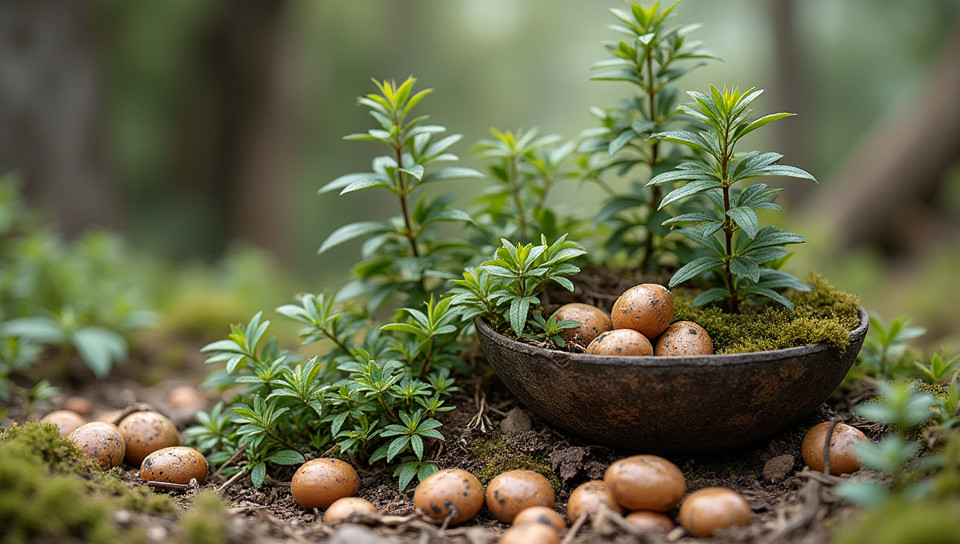Some materials used in upcycling are not biodegradable 86%

The Dark Side of Upcycling: When Sustainability Meets Unintended Consequences
Upcycling, the art of transforming discarded materials into something new and valuable, has become increasingly popular in recent years. As consumers and artists alike seek to reduce waste and live more sustainably, upcycling seems like a no-brainer solution. However, beneath its eco-friendly façade lies a complex reality that often goes unnoticed: some materials used in upcycling are not biodegradable.
What Does Biodegradable Mean?
Before we dive into the issue at hand, let's quickly define what biodegradable means. Biodegradable materials can break down naturally over time through the actions of microorganisms like bacteria and fungi. This process is essential for maintaining a healthy ecosystem, as it allows organic matter to return to the earth without harming the environment.
The Problem with Non-Biodegradable Materials
Some common materials used in upcycling projects are not biodegradable, posing a significant environmental risk when they eventually end up in landfills or oceans. These include:
- Plastic-based materials like polyester and nylon
- Composite materials containing synthetic fibers
- Paints and varnishes that contain heavy metals and other toxic chemicals
The Consequences of Non-Biodegradable Materials
When non-biodegradable materials are used in upcycling projects, they can have unintended consequences. For instance:
- They may not break down naturally, contributing to the growing problem of plastic pollution
- They may leach toxic chemicals into soil and waterways, harming local ecosystems
- They may be mistaken for food or other organic materials by animals, leading to illness or death
A Call to Action: Choose Sustainable Materials Wisely
As upcyclers and sustainability enthusiasts, it's essential that we take a closer look at the materials we use. While some non-biodegradable materials may seem convenient or cost-effective, the long-term consequences can be devastating.
- Consider using natural fibers like cotton, hemp, and bamboo
- Opt for eco-friendly paints and varnishes made from plant-based ingredients
- Choose recycled materials whenever possible
Conclusion
Upcycling has the potential to be a powerful tool in reducing waste and promoting sustainability. However, it's crucial that we use this practice responsibly by choosing biodegradable materials whenever possible. By making informed decisions about our materials, we can minimize the risks associated with upcycling and create a more sustainable future for ourselves and generations to come.
- Created by: Rei Saitō
- Created at: Aug. 30, 2024, 10:05 p.m.
- ID: 8566






